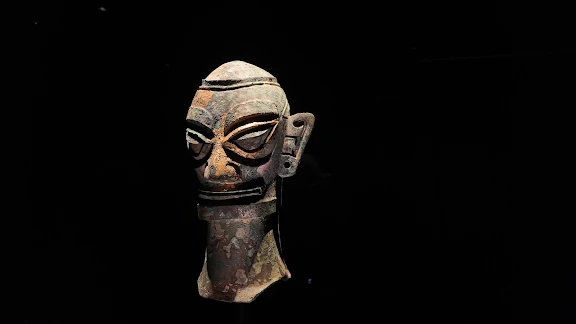Overview of Climate in Southwest China
The southwest region includes Chongqing Municipality, Sichuan Province, Guizhou Province, Yunnan Province, and the Tibet Autonomous Region. This area predominantly features a subtropical monsoon climate. For example, in Chongqing, the average temperature in January ranges from 1°C to 8°C, while in July it averages between 21°C and 29°C. Rainfall is abundant and concentrated from May to September. Chongqing has some of the fewest annual sunshine hours of any region in China and is often shrouded in fog, earning it the nickname "Fog City." It is said that the popularity of spicy food in the city is largely due to the area's high humidity.
 |
| CHENGDU |
Climate Characteristics and Seasons
The climate in the southwest region is characterized by distinct features, with humid and hot summers and mild winters. Due to the area's diverse topography, the climate can vary significantly from place to place. Compared to Chongqing and Sichuan, Yunnan and Guizhou generally enjoy more pleasant temperatures, especially in spring and autumn. Summer temperatures in Chongqing can be high, combined with high humidity, making it feel quite oppressive; conversely, winter temperatures can drop significantly, especially at night, making the damp air feel colder.
 |
| CHONGQING |
 |
| SAN XING DUI |
Rainfall Patterns
The southwest region experiences abundant rainfall, particularly in summer. From May to September, rainfall is concentrated, leading to significantly increased humidity in the air. This moist climate provides excellent growing conditions for the region's vegetation, resulting in lush natural scenery. However, the heavy rainfall also contributes to the frequent foggy weather in Chongqing, which reduces sunlight exposure.
Climate in Tibet
Unlike other areas in Southwest China, Tibet (Tibet Autonomous Region) has primarily an alpine climate. In the higher elevations, temperatures are generally lower, and precipitation is scarce. Summers in Tibet are warm and rainy, while winters are cold and dry. Due to the altitude, the ultraviolet radiation in Tibet is strong, so even on sunny winter days, skin can easily become sunburned. Visitors traveling in Tibet should take appropriate protective measures.
 |
| Potala Palace |
Conclusion
In summary, the climate in Southwest China is diverse, featuring both subtropical humidity and alpine dryness. The hot pot cuisine of Chongqing, the culinary delights of Sichuan, the floral landscapes of Yunnan, and the snow-capped mountains of Tibet are all major attractions for tourists in this region. Whether tasting unique foods or marveling at breathtaking natural scenery, Southwest China offers unforgettable experiences for every traveler. I hope every visitor exploring the southwest finds their joy and surprises in this enchanting region.
ZJourney:
We are excited to introduce ZJourney to China, an AI-driven self-service platform specifically designed for foreigners traveling to China. The platform will provide you with convenient travel information and services. It will be launching soon, and we invite you to leave your email address so that we can notify you when it is live and offer you a chance to try it!